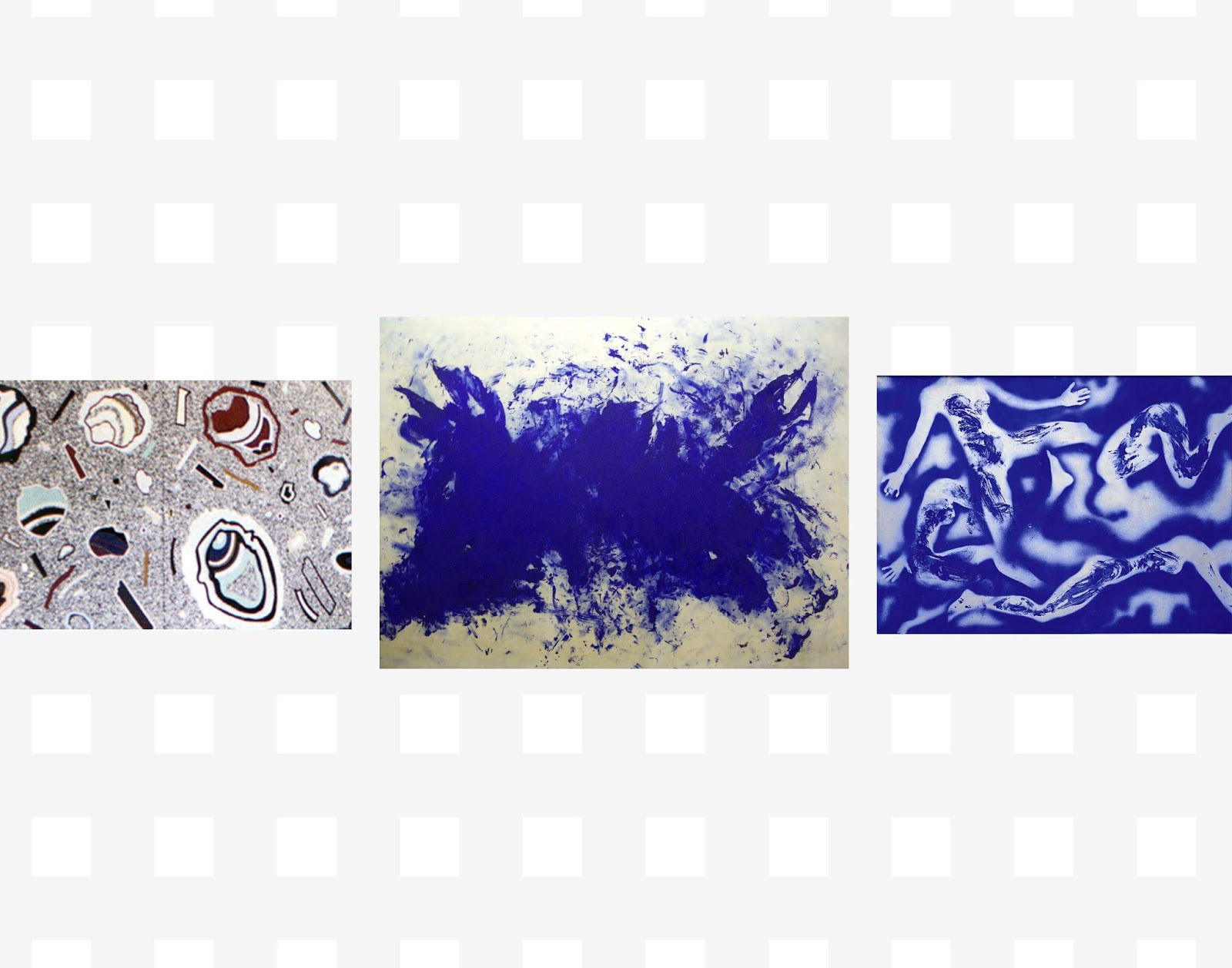In the mid 1870's, beads were being cut by hand. Like an true innovator, Daniel Swarovski knew that things were about to change. He believed that stones would soon be cut with an automated system. Daniel began to play with a process called electroplating and traveled to Bohemia to experiment with glass cutting machines. Daniel visited electric exhibitions where he saw inventions by masters like Edison, Shukert, and Seimens. Daniel was inspired and set about learning about glass cutting. After traveling to Vienna to continue building knowledge in cutting and setting, Daniel opened his first business with his future father-in-law Edward Weis .
By1890, Daniel was experimenting with glass beads cut like diamonds. It is important to note that during this time the diamond business was booming with the discovery of new diamond quarries in South Africa. The opportunities for imitation diamonds were vast as these stones became highly desirable. In addition to the innovation of the diamond cut of Swarovski's beads, Daniel developed another even more important innovation. What made his crystal beads so impressive was the layer of silver that Swarovski coated them with to increase it's brilliance and prevent it from chipping. The diamond cut bead was called the "chaton" and became a timeless Swarovski signature. Daniel invented a machine for the mass production of his crystals and his business took off.
Swarovski crystals became popular for creating highly realistic costume jewelry and they became know as Tyrolean Stones. By the early 1900's Swarovski had made the move to producing his own glass, which improved the quality of the stones. Gabrielle Chanel and Elsa Shiaperelli popularized costume jewelry in high fashion in the 1920's and Swarovski's relationships with designers and couturiers grew. In 1930, Swarovski came out with embroidery beads and also created ribbon trim with crystals already attached. This ribbon became fashion's first trimming. Encouraged by Dior, Swarovski expanded it's range of colors and specialty stones. Today, Swarovski has imitators. However, no crystal stone except Swarovski has the brilliance and longevity of the silver coated diamond cut of their stones. This is why Swarovski is the preferred supplier of crystals to the fashion industry.
Check out these looks using Swarovski:
*None of the pictures from this post are my own. They were found on the Swarovski website.

















